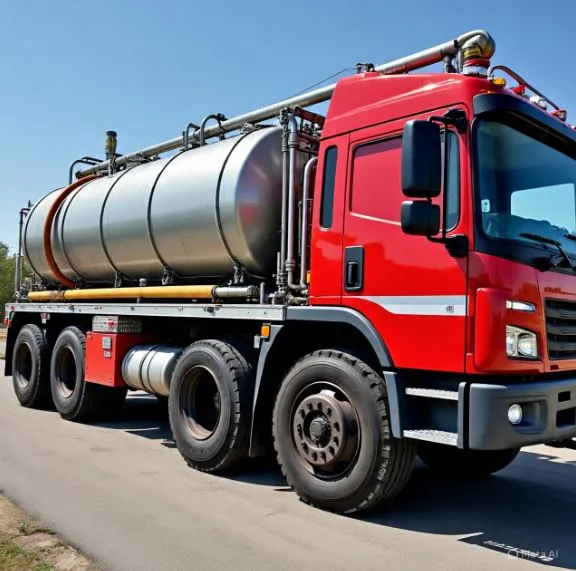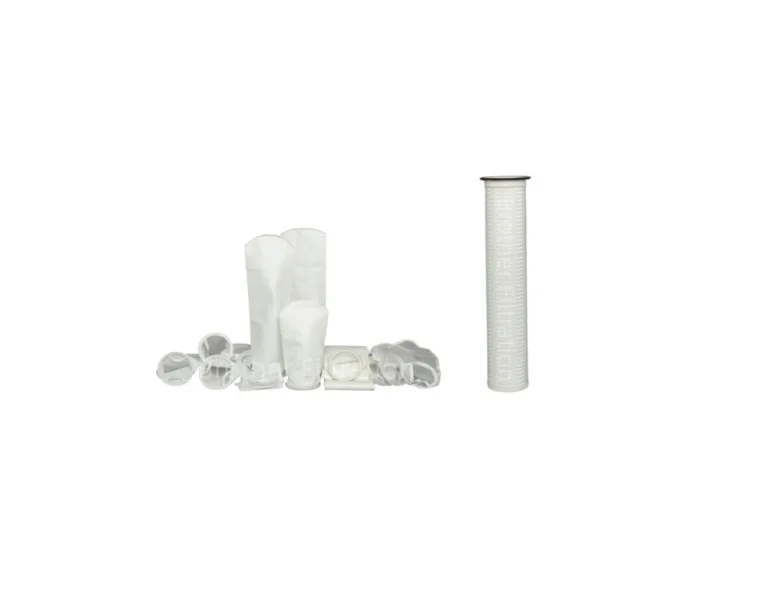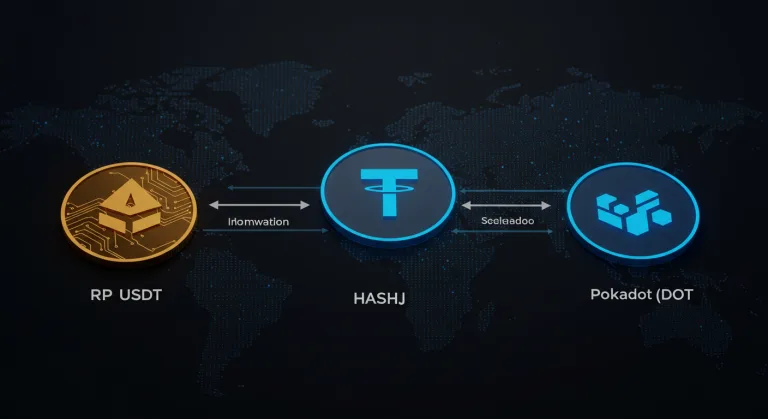What Is a Pumper Truck and How Is It Used?
If you’ve heard the term and wondered what is a pumper truck, you’re not alone. “Pumper truck” is a catch-all name for heavy vehicles designed to move large volumes of liquids or slurries quickly and safely. Depending on the industry, that liquid could be water for firefighting, concrete for construction, or wastewater from septic and grease systems. This guide breaks down what a pumper truck is, the main types you’ll see, how each one works on the job, and what to consider if you’re hiring a service or coordinating a project.
A Quick Definition
A pumper truck is a specialized vehicle that uses onboard pumps, tanks, and hoses or pipelines to transport and deliver fluids under pressure. While the exact build varies, most share three core elements:
- Power source: The truck’s diesel engine or a separate power unit drives the pump.
- Pump system: Centrifugal, positive displacement, vacuum, or piston pumps move the material.
- Delivery gear: Hoses, booms, or rigid lines control where and how the material is placed.
The Main Types of Pumper Trucks
1) Fire Pumper (Fire Engine)
Often called an “engine” in the fire service, a fire pumper carries a water tank, hose, and a high-capacity pump. It’s the workhorse at structure fires and many rescue calls.
- Primary role: Deliver water at pressure to attack lines; supply water to other apparatus.
- Typical features: Mid- or rear-mounted pump panel; preconnected hose lines; onboard water tank; foam systems on some units; storage for tools and ladders.
- Why it matters: Fast, reliable water delivery is critical in the first minutes of a fire. The pumper sets the pace for suppression efforts and supports overall incident command.
2) Concrete Pump Truck
On construction sites, a concrete pump truck moves freshly mixed concrete from the mixer to forms that are hard to reach—think high floors, long spans, or behind obstacles.
- Primary role: Place concrete precisely without wheelbarrows, cranes, or excessive labor.
- Two common styles:
- Boom pump: A multi-section hydraulic boom (often 20–60+ meters) positions the hose where the crew needs it, ideal for large pours and elevated placements.
- Line pump (trailer or truck-mounted): Runs concrete through steel or rubber lines along the ground—great for smaller jobs, tight sites, or interior work.
- Why it matters: Faster placements, fewer cold joints, better quality control, and improved crew safety.
3) Septic or Grease Pumper (Vacuum Truck)
In wastewater and food-service maintenance, vacuum pumper trucks service septic tanks, lift stations, and grease traps.
- Primary role: Extract, contain, and transport wastewater or grease for proper disposal.
- Typical features: Heavy-duty vacuum pump, sealed tank, suction hoses, sight glasses, and wash-down equipment.
- Why it matters: Prevents backups, odors, and environmental contamination; keeps systems within code and operating reliably.
How Each Pumper Truck Is Used: Step by Step
Fire Pumper Operations
- Arrival and setup: The engineer (driver/operator) spots the engine near the water source or hydrant and sets the parking brake, chocks the wheels, and engages the pump.
- Water supply: If hydrant water is available, the crew connects large-diameter supply hose. Without a hydrant, the pumper may rely on its onboard tank or draft from a static source (pond, tank, portable reservoir).
- Hose deployment: Firefighters pull preconnected attack lines or assemble longer lays based on the incident.
- Pump operations: The engineer manages intake pressures, discharge pressures, and flow rates, ensuring safe water delivery to multiple lines.
- Support functions: Some engines provide foam, power lighting, or fill air bottles, depending on equipment.
Key safety notes: Pump operators monitor pressure surges, communicate with crews on the line, and avoid water hammer that can damage hose or injure firefighters.
Concrete Pump Truck Operations
- Site prep: The crew verifies soil stability and overhead clearance, sets outriggers on pads, and inspects the pour path.
- Priming the line: They lubricate the pipeline (often with a cement-based primer) to reduce friction.
- Pumping: The mixer feeds the hopper; the pump’s pistons draw concrete into cylinders and push it through the pipe. The boom operator positions the discharge hose precisely.
- Quality control: The crew monitors slump, flow, and segregation, coordinating with finishers to maintain a consistent pour.
- Clean-out: After the pour, the team cleans the hopper, pump, and lines to prevent hardened concrete buildup.
Key safety notes: Stabilization is non-negotiable. Crews avoid power lines, prevent line blockages by using the right mix and aggregates, and maintain clear communication during boom movement.
Septic & Grease Pumper Operations
- Locate and assess: The technician maps the tank or trap, checks baffles and inlets, and evaluates access for hoses.
- Ventilate and open: Lids are removed carefully; gases dissipate; protective equipment is used.
- Vacuum pumping: Suction hoses remove contents; water and solids may be separated or agitated for complete cleaning.
- Inspection: The technician checks levels, condition of components, and potential issues (roots, cracks, or excessive solids).
- Disposal and documentation: Waste is transported to an approved facility, and the customer receives service records and maintenance recommendations.
Key safety notes: Confined-space hazards and hazardous gases require training, PPE, and adherence to regulations.
Advantages of Using Pumper Trucks
- Speed and efficiency: Rapid liquid movement saves time and labor versus manual methods.
- Precision: Booms and controlled discharge allow accurate placement—vital for concrete and targeted firefighting streams.
- Safety: Less manual handling of heavy materials or hoses reduces injury risk; specialized systems control pressure and flow.
- Scalability: From small residential tasks to large industrial operations, there’s a pumper configuration that fits the job.
Limitations and Challenges
- Site constraints: Limited access, poor ground conditions, or overhead hazards complicate setup.
- Maintenance demands: Pumps, valves, and lines require routine inspection and service. Failures can halt operations and raise costs.
- Skill requirements: Certified operators and trained crews are essential for safe, effective use.
- Regulatory compliance: Waste handling and transport, foam use in firefighting, and noise/emissions may be regulated locally.
Choosing the Right Pumper for Your Job
If you’re hiring a contractor or coordinating a project, match the truck to your needs:
- For firefighting readiness (municipal or industrial):
- Look at pump capacity, tank size, foam capability, and equipment complement.
- Ensure compliance with local standards and interoperability with mutual-aid partners.
- For concrete placement:
- Project scale: Large slabs or multistory work usually benefit from a boom pump; small or interior jobs may suit a line pump.
- Reach and access: Measure horizontal and vertical distances; check for obstacles.
- Mix design: Confirm pumpable aggregate size and target slump with your ready-mix supplier and pumper operator.
- For septic/grease service:
- Tank size and frequency: Bigger tanks or heavy-use kitchens may require larger vacuum capacity and more frequent service.
- Documentation: Choose providers who offer disposal manifests and maintenance records to stay code-compliant.
Cost Factors to Expect
- Mobilization and setup: Travel time, permits (if needed), and stabilization.
- Hourly vs. flat rates: Concrete pumping often uses hourly plus minimums; septic pumping often quotes per tank size with add-ons.
- Complexity premiums: Long line runs, difficult access, blockage clearing, or after-hours service can increase price.
- Disposal fees: For wastewater, fees vary by facility and volume.
Maintenance Basics That Keep Pumpers Reliable
Regardless of type, well-kept equipment prevents downtime:
- Daily checks: Fluids, filters, line wear, seals, gaskets, and safety interlocks.
- After-use cleaning: Flush lines, hoppers, and hoses to prevent buildup and corrosion.
- Scheduled service: Pump rebuilds, valve checks, and calibration as recommended by manufacturers.
- Recordkeeping: Logs make it easier to spot patterns and plan preventive maintenance.
Frequently Asked Questions
What is a pumper truck in simple terms?
It’s a heavy vehicle that pumps and moves liquids—like water, concrete, or wastewater—using specialized onboard equipment.
Is a pumper truck the same as a fire engine?
In firefighting, yes—“pumper” and “engine” are commonly used interchangeably for the truck that carries water, hose, and a high-capacity pump.
How far can a concrete pumper truck reach?
Boom pumps commonly reach several stories and dozens of meters horizontally. Exact reach depends on the model; operators match the boom length to the site plan.
How often should a septic tank be pumped?
Most households need service every 3–5 years, but usage, tank size, and local codes can change that schedule. A professional can assess and recommend a cadence.
Can any concrete mix go through a pump?
No. Pumpable mixes use appropriate aggregate size and grading, proper water content, and admixtures as needed. Your ready-mix supplier can design for pumpability.
Is concrete pumping safe near power lines?
Operators follow strict clearance rules and may assign a dedicated spotter. If lines can’t be de-energized or rerouted, alternatives are considered.
The Bottom Line
When someone asks what is a pumper truck and how is it used, the answer depends on the context—but the purpose is consistent: move large volumes of liquid quickly, safely, and precisely. Fire departments rely on pumpers to deliver critical water in the first minutes of an incident. Builders use concrete pump trucks to place mixes exactly where they’re needed, speeding schedules and improving finishes. Property owners and restaurants depend on vacuum pumpers to keep septic and grease systems working and compliant.
If you’re planning a project or scheduling service, start with the goal—fire protection, concrete placement, or waste removal—then choose the pumper type, capacity, and crew expertise that match. Paired with good planning and trained operators, pumper trucks turn complex, messy jobs into streamlined, predictable work.




